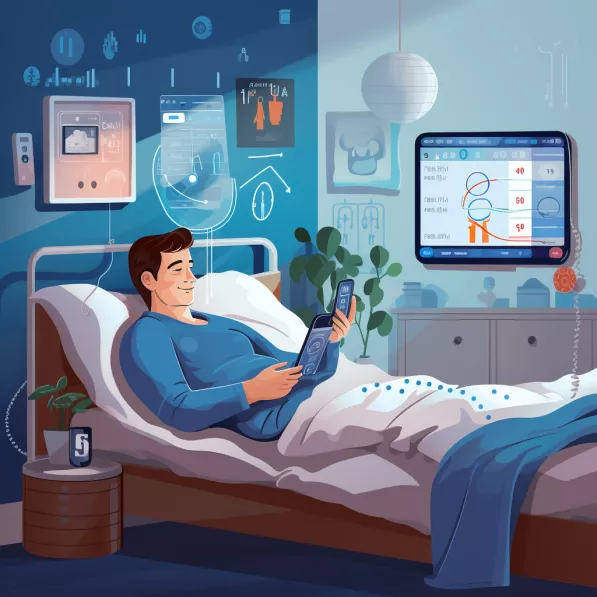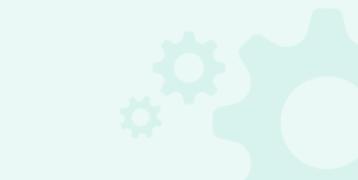Beyond technology: E-health solutions for effective communication

As the landscape of healthcare continues to evolve, embracing digital transformation becomes imperative for regional and local health service delivery.
E-health solutions are part of the response to a wide range of current challenges: demographic changes and increasing proportions of elderly citizens, rising healthcare costs and increasing geographic disparities when it comes to access to healthcare services.
During the COVID pandemic, digital health solutions played a crucial role in facilitating remote consultations, contact tracing and monitoring during lockdowns. This has also helped develop the usage and acceptance of e-health solutions in the wider population.
Successful e-health innovation requires far more than new technologies. It is necessary to carefully identify:
- Current and future needs
- Rethink organisations and regulatory frameworks
- Train staff
- Monitor positive and negative impacts of new practices
- Preserve interpersonal communication, both with patients and between professionals
This presupposes a high-quality dialogue and cooperation between users of health services, clinicians and caregivers, health authorities, technical experts, researchers and businesses.
The House of Life Phases in Tübingen (Baden-Wurttemberg, Germany) was designed as a place to research, test, demonstrate and teach e-health solutions as part of a holistic approach to improved ageing.
The University of Tübingen, partner in the Interreg Europe project ITHACA, showed particularly how this house uses voluntary Senior Technology Advisors who help visitors tour demonstration apartments and get familiarised with the available technologies. This is a way of developing acceptance for new solutions, as these voluntary senior advisors do not represent any specific company and have good preconditions to communicate with visitors.
This good practice shows that technological transitions can also trigger new forms of dialogues and social exchanges.
GWALENN is a healthcare portal for the management of complex patient orientation cases in Brittany (France), which was developed with contributions from regional partners of the Interreg Europe project INTENCIVE. It is based on the observation that healthcare in many cases requires coordination between a large number of professionals and institutions.
Individual caregivers do not always have an overview of available resources. They spend a lot of time searching for information, initiating and following up contacts made and ensuring that services needed by patients are effectively provided.
The portal was designed based on a detailed assessment of needs. It breaks down barriers between healthcare institutions and makes it easier to follow individual care pathways. Caregivers can post alerts when they identify an unmet patient need and request support for patient orientation. The platform also includes patient records keeping track of information such as examinations and treatments.
These records also help to detect interruptions of care more easily. Coordination costs are reduced, and the quality of health services is improved. This platform has been complemented by Mobil’eTY, which is a mobile application designed for patient-centred communications between health professionals.
E-health solutions can also help associate relatives of patients to healthcare provision. This is particularly important in the context of increasing pressures to promote home healthcare as an alternative to hospital care. The “Webnurse” portal was developed by the Hungarian Charity Service of the Order of Malta to support informal caregivers in their everyday care and nursing tasks.
It was identified as a good practice by the Interreg Europe project HoCare. Its promoters observed that the contribution of informal caregivers is often neglected and that their needs for support are not always met. Many can feel isolated in their caregiver role. The “WebNurse” (“WebNővér” in Hungarian) platform disseminates information needed in their daily activities. It includes numerous video tutorials dealing with essential caregiver tasks, as well as a possibility of submitting questions to a helpdesk.
E-health solutions can play a major role in bringing actors closer together and helping coordinate health services to improve resource efficiency and quality. Their development presupposes a detailed understanding of how health services operate, and of ‘missing links’ to be targeted.
With the development of artificial intelligence, new types of solutions may emerge in this field in the coming years. Interreg Europe continues working on this subject, through new projects such as CARES, focusing specifically on e-health solutions to improve and tackle the healthcare needs of seniors, but also to communicate on prevention measures. Check out their first newsletter for discovering interesting practices from Poland and Denmark!
Policy solutions

GWALENN portal for health & care professionals

